Leather has been a prized material for centuries, valued for its durability, versatility, and timeless appeal. However, not all leather is created equal. Understanding the different types of leather available in the market is crucial for anyone looking to make an informed purchase. In this comprehensive buyer’s guide, we will delve into the various types of leather, their characteristics, uses, and tips for selecting the right leather for your needs.
Understanding Leather Basics
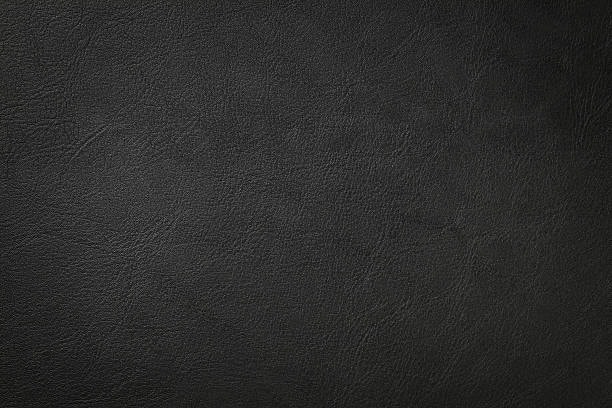
Understanding leather basics starts with recognizing its diverse types and properties. Full-grain leather, prized for its natural, grain pattern and durability, ages beautifully over time. Top-grain leather, refined and flexible, offers a uniform appearance suitable for various applications. Genuine leather, made from animal hide layers, varies in quality but is generally robust. Split leather, from lower hide layers, is often used for suede items. Exotic leathers like crocodile or ostrich boast unique textures. Vegan leather, a more synthetic leather alternative, caters to cruelty-free preferences. Leather’s durability, flexibility, and breathability make it ideal for fashion, upholstery, accessories, and industrial uses. Proper care involves cleaning, conditioning, and storing leather items correctly. Sustainability-wise, ethical sourcing and eco-friendly alternatives contribute to responsible leather consumption. Understanding leather basics enhances appreciation for its timeless appeal and versatility.
What is Leather?
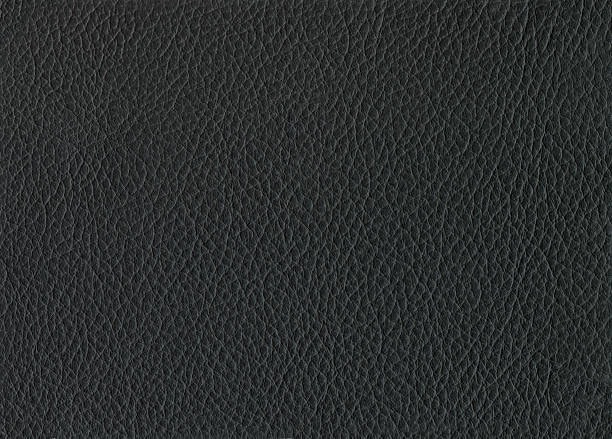
Leather is a durable and flexible material created by tanning animal hides and skins. It is a natural material with a rich history, used for protection, style, and luxury.
Leather Hide and Quality Levels
A leather hide is made from an animal’s skin, with natural substances in blended leather that help it fulfill a function. The layers of a leather hide include the grain, corium, and flesh.Leather grades are determined by the raw hide’s quality, with different levels of blemishes, holes, and cuts corrected leather made.
Types of Leather by Grain leather
These are the types of Grain leathers
Full Grain Leather vs. Top Grain Leather
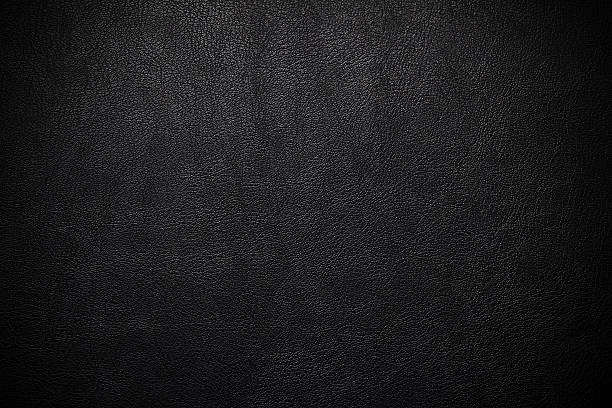
Full-grain leather is the top layer of the animal’s hide, with no finishing or splitting.It is the most excellent grade of leather, with a natural, authentic look and feel.Top-grain leather is the next highest quality leather, second layer of the hide, with some finishing and splitting.It is nearly indistinguishable from full-grain leather, but is more supple and comfortable to work with.
Grain Leather and Genuine Leather
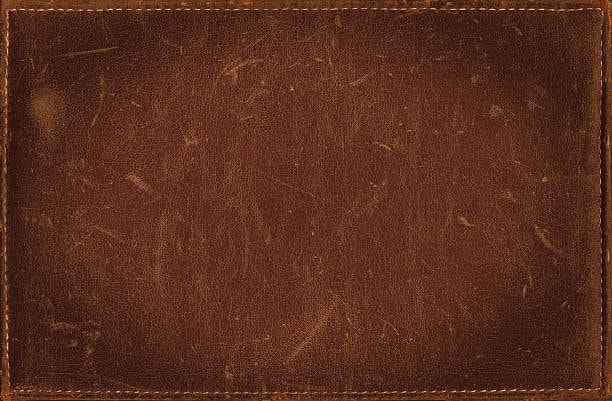
Grain leather refers to the texture of the leather and the properties of artificial grain that you can physically feel and see.Genuine leather is real leather, but the term can be deceiving, as italian leather may have an artificial material applied to its surface.Grain leather can be full grain, top grain, or corrected grain leather.
Types of Leather by Finish
These are the types of leather finish:
Aniline Leather
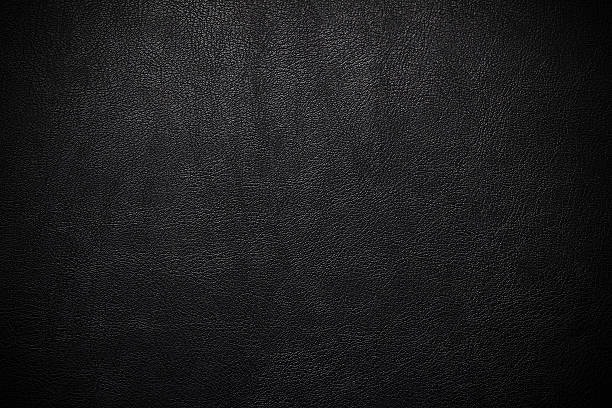
Aniline leather is coloured with soluble dyes without the use of additional pigments or protectants.The animal hide itself is placed in a vat and dyed until it is completely saturated, leaving the aniline dyed leather feeling soft and porous.Aniline leathers do not have a protective coating, making them more susceptible to scratches and stains.
Semi-Aniline Leather
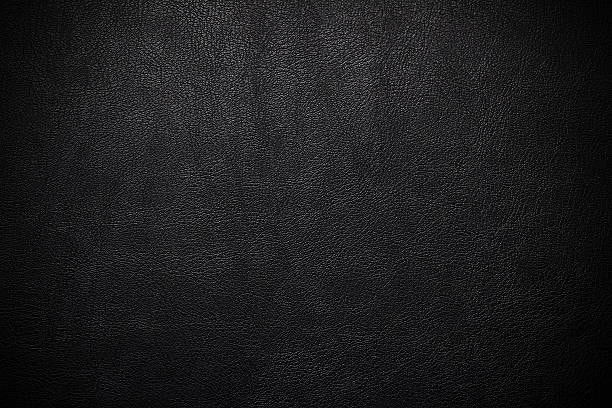
Semi-aniline leather is rather similar to aniline embossed leather, but with a few differences.The dye does not penetrate the natural leather quite as much as it does with aniline-dyed leather.A protective topcoat is applied to the leather’s surface, giving it a more uniform look and added protection.
Nubuck Leather
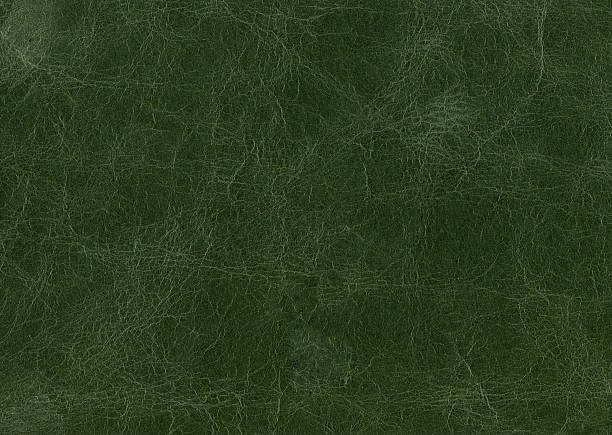
Nubuck leather is made in the process of buffing or sanding of aniline leather to produce leather with a slightly suede like appearance. Nubuck is a more durable variant of suede and its only disadvantage is that it easily loses color and gets stained. Also, the patina will develop in the course of time, and the user may encounter some undesirable color variation.
Suede Leather
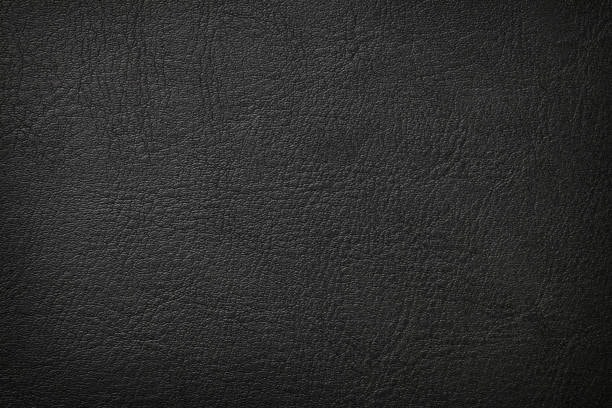
Suede is the underside of full grain leather, often split and separated from the top of split grain leather.Suede has a shaggy, soft texture almost furry texture and should never be finished.
Specialty Leathers
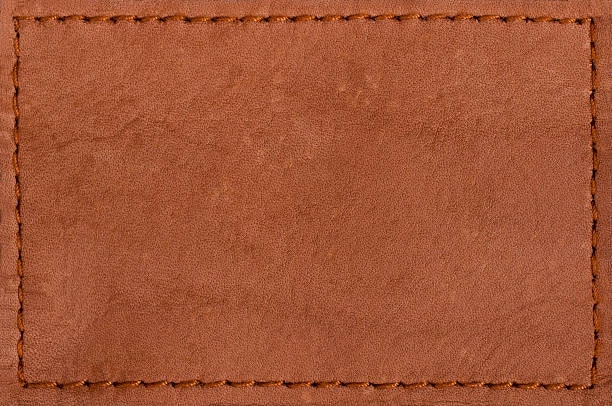
Specialty leathers refer to unique types of leather that are distinguished by their exceptional qualities, textures, and origins. These leathers are often sought after for their distinctive characteristics and are used in high-end luxury products or specialized applications. Some examples of specialty leathers include:
- Exotic Leathers: This category includes leathers sourced from exotic animals such as crocodiles, alligators, snakes, and ostriches. These leathers are prized for their rare textures, patterns, and luxury appeal, making them highly desirable for upscale fashion items like handbags, shoes, and belts.
- Vegetable-Tanned Leather: Known for its natural and eco-friendly tanning process using tannins from plant sources like tree bark, vegetable-tanned leather develops a rich patina over time, adding character and depth to the leather. It is often used in artisanal leather goods, belts, wallets, and accessories.
- Shell Cordovan: This is a premium leather made from the fibrous flat muscle (shell) beneath the hide of a horse. Shell cordovan is renowned for its smooth, glossy surface, exceptional durability, and ability to develop a unique patina with age. It is commonly used in luxury shoes, watch straps, and small leather goods.
- Suede Leather: Suede is a type of leather with a soft, napped surface created by buffing or splitting the underside of the hide. It has a velvety texture and is often used in apparel, accessories, and upholstery for its luxurious feel and appearance.
- Embossed Leathers: These leathers have decorative patterns or textures embossed onto the surface, creating visually appealing designs. Embossed leathers can mimic exotic skins like crocodile or lizard and are used in fashion accessories, furniture, and automotive upholstery.
- Chrome-Free Leathers: Chrome-free or eco-friendly leathers are tanned using alternative methods that reduce environmental impact. These leathers appeal to environmentally conscious consumers and are used in sustainable fashion brands and eco-friendly products.
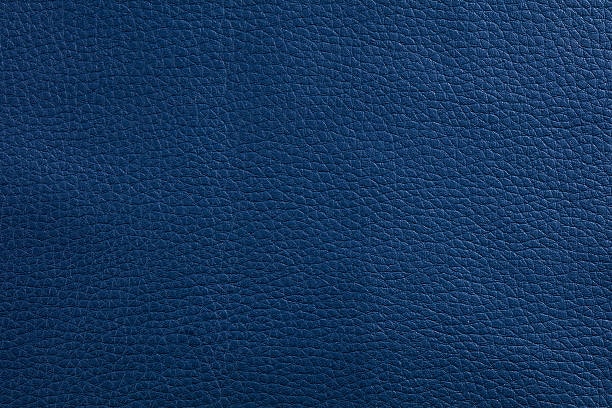
Specialty leathers cater to discerning customers looking for unique textures, natural characteristics, exceptional quality, and ethical sourcing. They add a touch of luxury and sophistication to various products while offering distinct benefits and aesthetics.
Bonded Leather
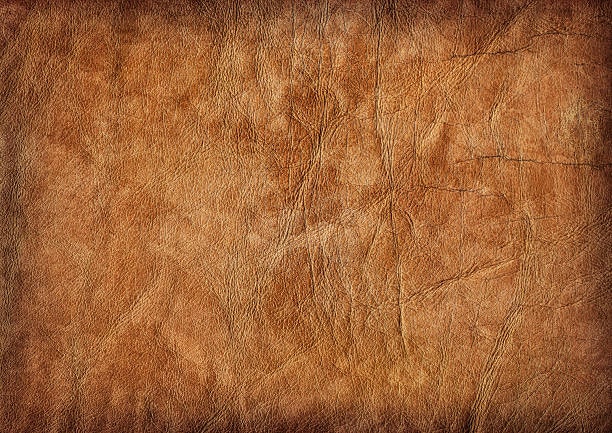
Bonded leather is made by bonding together leather scraps, plastic, and other synthetic materials to make a flexible leather-like fabric.Real leather is in bonded than shredded leather scraps, but it’s usually only in the 10 to 20% range.Bonded leather is not as durable as other types of leather.
Faux Leather (Vegan or Polyurethane)
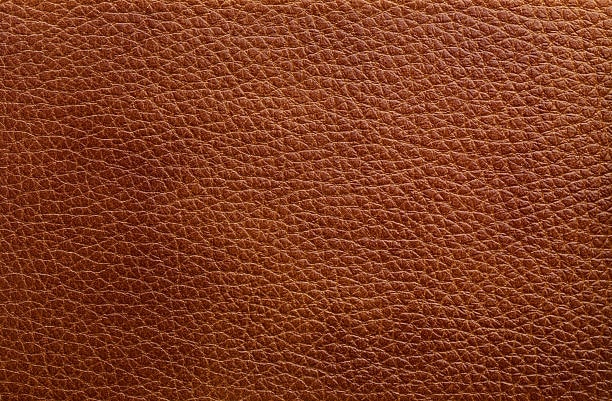
Faux and vegan leathers are not made from animal products or by-products.Instead, they are manufactured from polyvinyl chloride (PVC) or polyurethane (PU).Faux and vegan leathers are not as durable leather soft as other types of synthetic leather.
Exotic Leather
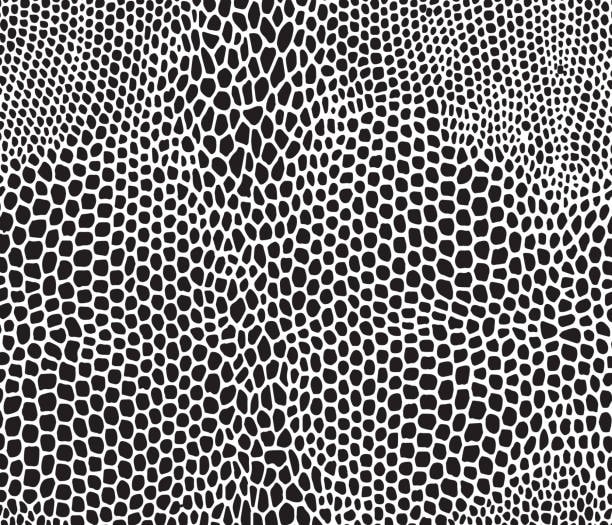
Exotic leather is a type of leather that is made from the hides of non-traditional or rare animals. It is a high-end and luxurious material that can be used in a variety of products. It is commonly used in luxury goods, footwear, accessories, furniture, and automotive industries.
Leather Production and Care
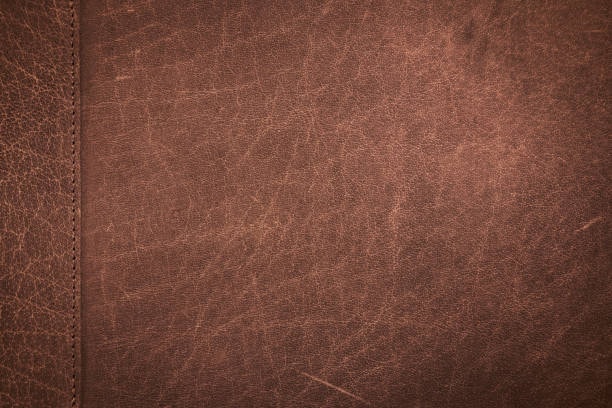
Leather furniture is popular for its durability and easy to clean features thus making it very popular in the marketplace. It is also relatively simple to maintain cleanliness, which is always a plus. However, with leather furniture comes a few responsibilities that one has to take in order to maintain the furniture. Understanding how leather is produced and how to care for it can help extend the life of leather products and maintain their appearance and functionality.
Leather Production
- Raw Material Sourcing:
- Leather production begins with sourcing hides and skins from animals such as cattle, sheep, goats, and exotic animals like crocodiles and snakes.
- The hides are a by-product of the meat industry, ensuring minimal waste.
- Pre-Tanning Preparation:
- Curing: The hides are preserved through curing, usually with salt, to prevent decomposition.
- Soaking: Hides are soaked in water to rehydrate and clean them.
- Liming: Hides are treated with a lime solution to remove hair and other unwanted materials.
- Deliming and Bating: The hides are treated to remove lime and further clean them, softening the fibers.
- Tanning Process:
- Vegetable Tanning: Uses tannins from plant sources like tree bark. This method is eco-friendly and produces leather with a rich, natural color that develops a patina over time.
- Chrome Tanning: Uses chromium salts, resulting in softer, more pliable leather. This method is faster and more cost-effective, producing leather that is resistant to water and stains.
- Synthetic Tanning: Uses synthetic chemicals to achieve specific properties in the leather, such as increased durability or specific colors.
- Post-Tanning Processes:
- Splitting: The hide is split into layers. The top layer, called full-grain, retains the natural grain, while lower layers are used for split leather or suede.
- Dyeing: Leather is dyed to achieve the desired color. This can be done with aniline dyes (transparent) or pigmented dyes (opaque).
- Fatliquoring: Oils and fats are added to the leather to keep it supple and flexible.
- Finishing: Leather is finished to achieve the desired surface properties. This can include embossing, polishing, and applying protective coatings.
Leather Care
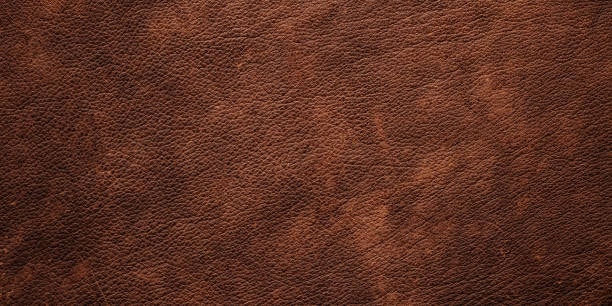
- Cleaning:
- Regularly dust leather items with a soft cloth or brush to remove surface dirt.
- For deeper cleaning, use a damp cloth with a mild soap solution. Avoid soaking the leather.
- For suede, use a specialized suede brush to remove dirt and maintain the nap.
- Conditioning:
- Apply leather conditioner periodically to keep the leather moisturized and prevent drying or cracking.
- Use a product appropriate for the type of leather. For example, use a dedicated conditioner for aniline leather to preserve its natural look.
- Protection:
- Protect leather from excessive moisture by using waterproofing sprays or creams, especially for items like shoes and bags.
- Keep leather away from direct sunlight and heat sources to prevent fading and drying out.
- Store leather goods in a cool, dry place, preferably in a breathable bag to prevent dust accumulation.
- Handling Stains:
- Address stains promptly by blotting (not rubbing) with a clean, dry cloth.
- For tougher stains, use a leather cleaner designed for the specific type of stain and leather.
- For suede, use a suede eraser or a mixture of white vinegar and water to gently remove stains.
- Storage:
- Store leather items in a well-ventilated area to prevent mold and mildew.
- Use padded hangers for leather jackets and tissue paper to stuff leather bags to maintain their shape.
- Avoid storing leather in plastic bags, as they can trap moisture and lead to mold growth.
Production And Care
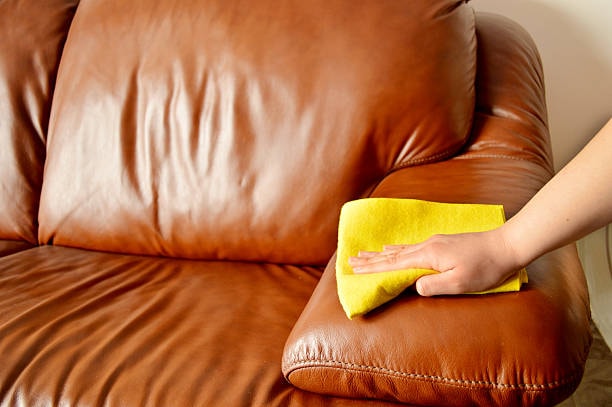
These are the production and Care:
Tanning Methods
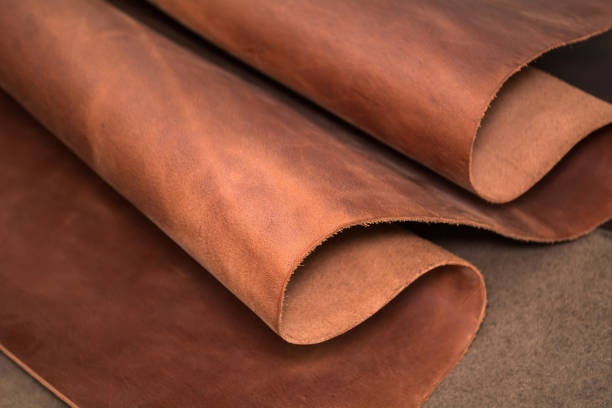
Vegetable tanning has been around for thousands of years, using a naturally occurring polyphenol astringent chemical called tannin, found in tree bark, leaves, and branches.Tannin produces unique colors and textures split grain leather, such as deep brown, beige, yellow, and red, making vegetable tanned leather distinct.There are two types of vegetable tanning processes: slow (30 days) and rapid (36-48 hours), with the slow process sometimes taking several months.
Dyeing and Finishing
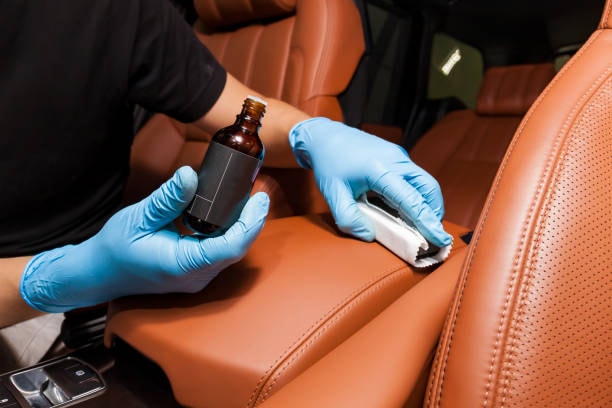
Aniline dyes are water-based and accentuate the fiber’s natural variation. Semi-aniline dyes have added oils and result in a translucent finish. Aniline and semi-aniline leathers may have little or no clear finish and are absorbent.
Leather Care and Maintenance
Leather furniture is popular for its durability and easy to clean features thus making it very popular in the marketplace. It is also relatively simple to maintain cleanliness, which is always a plus. However, with leather furniture comes a few responsibilities that one has to take in order to maintain the furniture.
Using deadstock leather have several advantages
Using deadstock leather offers several advantages that make it an attractive choice for manufacturers, designers, and environmentally conscious consumers. Here are some key benefits:
- Environmental Sustainability:
- Waste Reduction: By using deadstock leather, which consists of surplus or leftover leather from previous production runs, manufacturers help reduce waste and prevent these materials from ending up in landfills.
- Resource Efficiency: Utilizing existing materials conserves resources that would otherwise be required to produce new leather, including water, energy, and chemicals.
- Cost-Effectiveness:
- Lower Material Costs: Deadstock leather is often sold at a discounted price compared to newly produced leather, making it a cost-effective option for businesses and designers.
- Budget-Friendly Production: Lower material costs can lead to reduced overall production expenses, allowing for more competitive pricing of the final products.
- Unique and Limited Edition Products:
- Exclusivity: Deadstock leather is typically available in limited quantities, making it ideal for creating unique, limited edition products that stand out in the market.
- Diverse Selection: Designers can experiment with a variety of colors, textures, and finishes that may no longer be in regular production, adding a distinctive flair to their collections.
- Ethical Considerations:
- Animal Welfare: Using deadstock leather aligns with ethical considerations by maximizing the use of existing animal hides, ensuring that more of the animal’s by-products are utilized.
- Eco-Conscious Branding: Brands that incorporate deadstock leather can promote their commitment to sustainability and ethical production practices, appealing to environmentally conscious consumers.
- Flexibility and Innovation:
- Creative Freedom: Access to diverse and unique materials encourages designers to think creatively and innovate with their designs, leading to fresh and original products.
- Adaptability: Deadstock leather can be used in a wide range of applications, from fashion and accessories to furniture and automotive interiors, offering versatility in design and production.
- Supporting Circular Economy:
- Resource Circulation: By integrating deadstock leather into the production cycle, companies contribute to a circular economy model where materials are reused and recycled, promoting sustainability.
- Lifecycle Extension: Extending the life of existing materials through deadstock leather usage reduces the demand for new raw materials and minimizes the environmental impact of leather production.
- Quality and Durability:
- High Standards: Deadstock leather often comes from high-quality production batches, ensuring that the materials used are durable and long-lasting.
- Proven Performance: Since deadstock leather has already undergone tanning and finishing processes, its performance characteristics are known and reliable.
In conclusion, using deadstock leather offers numerous advantages, from environmental sustainability highest quality, and cost savings to creative opportunities and ethical considerations. By incorporating deadstock leather into their products, brands can create unique, high-quality items while contributing to a more sustainable and responsible fashion industry.
Frequently Asked Questions (Faqs)
FAQs About Leather
Full-Grain Leather: Full-grain leather is made from the top layer of the hide and retains all its natural grain, making it extremely durable and developing a rich patina over time.
Top-Grain Leather: Top-grain leather is also made from the top layer of the hide, but it has been sanded and refinished to remove imperfections, resulting in a smoother and more uniform appearance.
Cleaning: Regularly dust with a soft cloth. For deeper cleaning, use a damp cloth with mild soap. For suede, use a suede brush.
Conditioning: Apply a leather conditioner periodically to keep the leather moisturized.
Protection: Use waterproofing sprays for added protection and store leather items in a cool, dry place.
Description: Bonded leather is made from leather scraps and fibers bonded together with adhesives and coated to look like higher-grade leather.
Durability: It is the least durable type of leather, prone to peeling and cracking.
Patina Development: Patina is a natural process where leather darkens and develops a sheen over time due to exposure to elements like sunlight, moisture, and oils from the skin. It adds character and uniqueness to the leather.
Genuine Leather: Yes, genuine leather is real leather, but it is made from the lower layers of the hide after the top grain has been removed. It is often processed to look like higher-grade leather but is less durable.
Repairability: Yes, leather can often be repaired. Minor scratches and scuffs can be treated with leather conditioners and polishes. For more significant damage, professional leather repair services can restore the leather.
Vegetable-Tanned Leather: This type of leather is tanned using natural tannins from plant sources like tree bark. It is eco-friendly, develops a beautiful patina, and has a rich, natural color.
Quality Indicators: High-quality leather typically has a rich, natural grain and a pleasant smell. It feels supple yet sturdy and develops a patina over time. The stitching and construction of the product also indicate quality.
Full-Grain Leather: High-end furniture, luxury bags, quality footwear.
Top-Grain Leather: Furniture, high-quality bags, shoes.
Genuine Leather: Budget-friendly furniture, lower-cost accessories.
Split Leather: Suede products, budget furniture, lining for other leather goods.
Bonded Leather: Budget furniture, low-cost accessories, bookbinding.
Water Protection: Use waterproofing sprays or creams designed for leather. Avoid exposing leather to excessive moisture and always dry it gently if it gets wet.
Aniline Leather: Dyed with soluble dyes without a topcoat, showing natural grain and imperfections.
Semi-Aniline Leather: Similar to aniline but with a light protective coating, offering more durability while retaining a natural look.
Cleaning Products: No, regular household cleaning products can damage leather. Use products specifically designed for leather care to clean and condition your leather items.
By understanding these frequently asked questions about leather, you can make informed decisions when purchasing and caring for leather products, ensuring they remain beautiful and functional for years to come.
Conclusion
Leather is a timeless and versatile material that continues to be highly valued across various industries for its durability, aesthetic appeal, and unique characteristics. Understanding the different types of leather grades, from full-grain to bonded leather, allows consumers to make informed decisions that align with their needs, preferences, and budget. By learning about leather production processes, the importance of proper care, and the benefits of using deadstock leather, individuals can appreciate the craftsmanship and sustainability behind leather products. Whether investing in luxury items or opting for more budget-friendly options, recognizing the qualities of each leather grade ensures that consumers can select products that will offer lasting value and enjoyment. As the leather industry continues to evolve with advancements in eco-friendly practices and innovative designs, the timeless allure of leather remains steadfast, reflecting a harmonious blend of tradition and modernity.


